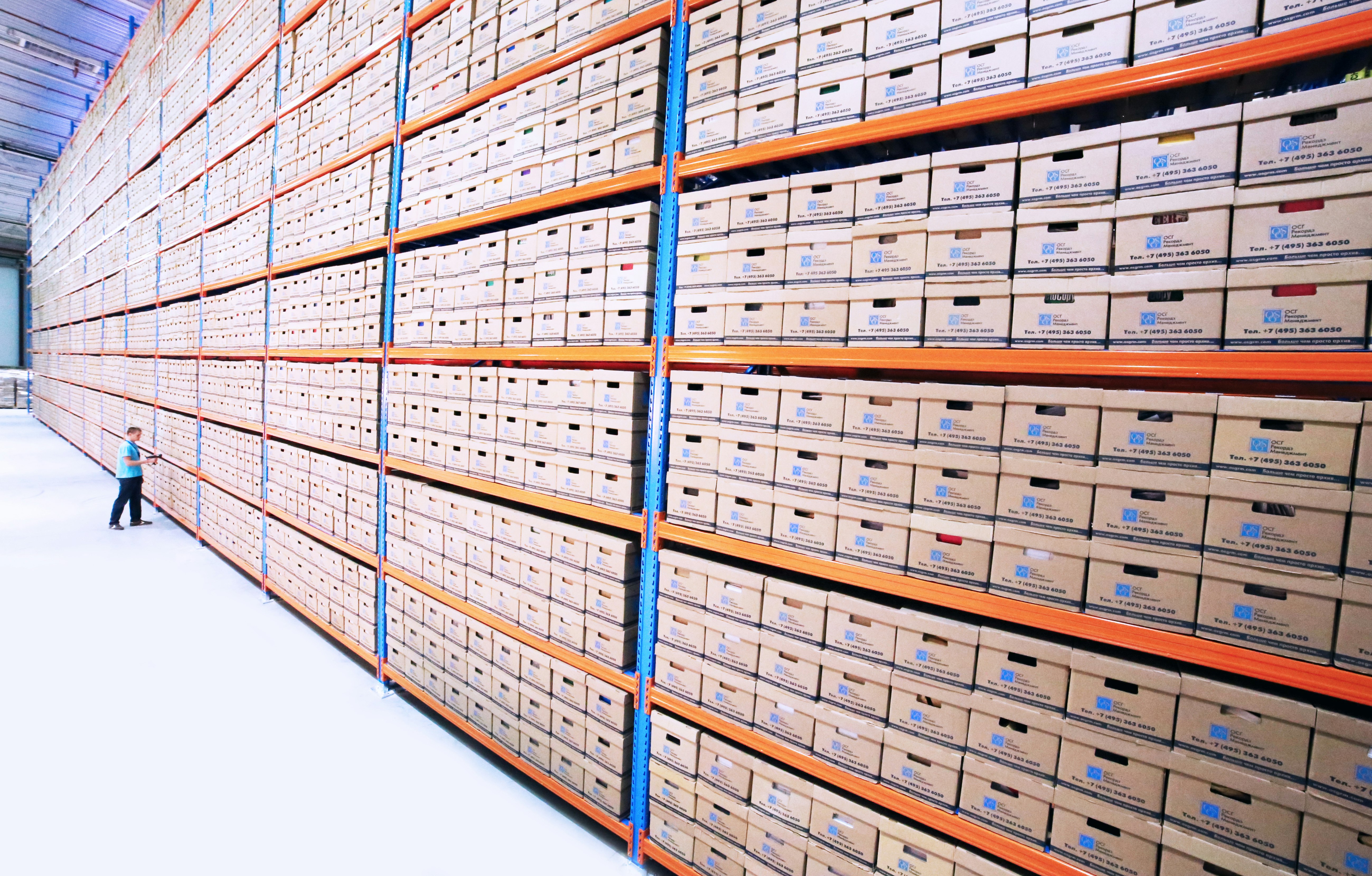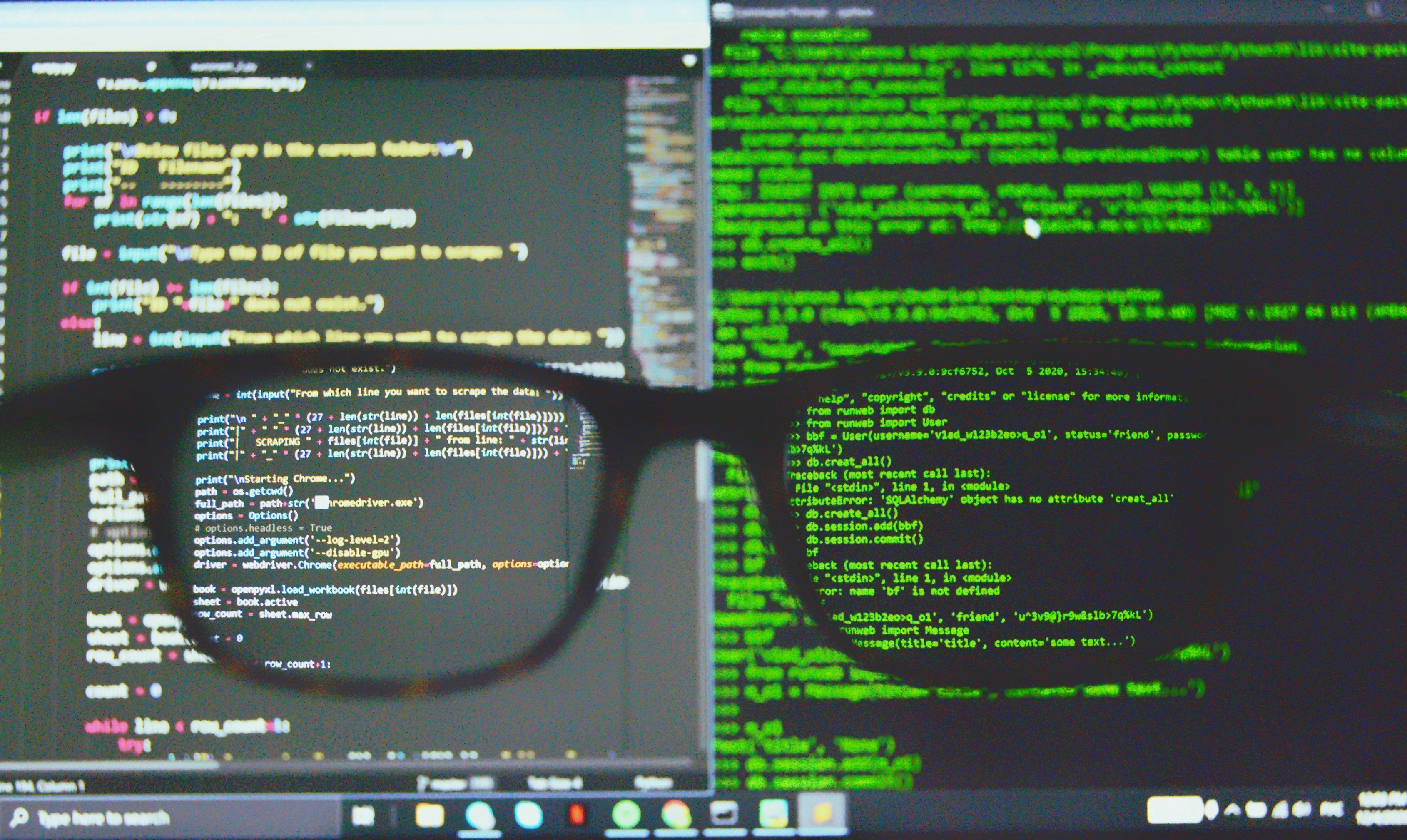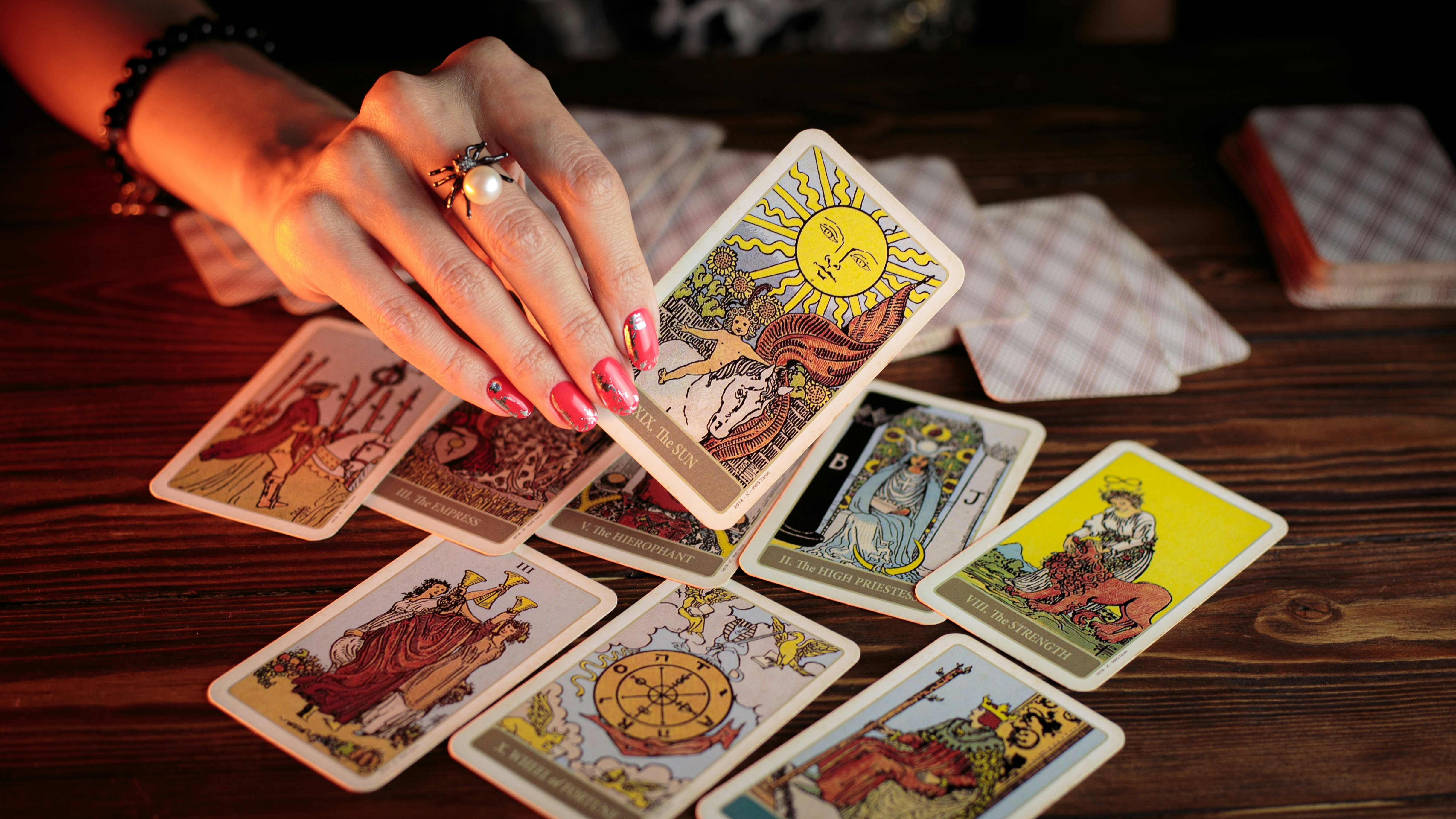Not to mention whether the analyst is a male or a female, they’re always Caucasian (yes I’m talking to you NCIS and Criminal Minds). Honestly it’s getting old. Where are my strong, black women analysts or the gay data scientists who are in their fifties? We know these analysts exist because we work with them everyday. So instead of giving into the same old troupe that you have to be a white computer genius with no social skills, it’s time we celebrate those characters in film and television shows who don’t necessarily fit the Hollywood stereotype. Below are five of those characters. Check back next week for five more as well as a few honorable mentions.
Katherine Johnson, Dorothy Vaughan, and Mary Jackson - Hidden Figures (20th Century Fox)
Based on the book of the same name by Margot Lee Shetterly, Hidden Figures tells the true story of black female mathematicians who worked at NASA during the infamous Space Race. The movie focused on three of these women; Katherine Johnson (played by Taraji P. Henson) who worked on flight trajectories; NASA supervisor Dorothy Vaughan (Octavia Spencer), and engineer Mary Jackson (Janelle Monáe). Not only were they empowered women mathematician in the early 60’s where women mathematicians and engineers were rare, but these women were also black in the 1960’s Jim Crowe South. In one scene, Katherine Johnson has to walk over a half mile in the rain to use the “colored people’s” bathroom because she cannot use the one in the building she works at because it’s designated as “white only”. Hidden Figures isn’t just about overcoming diversity in the work place, but believing in yourself when people around you don’t. While black, female mathematicians are common in today’s society, these three women broke the barrier of what it means to be a NASA mathematician in 1961.
Willow Rosenberg – Buffy the Vampire Slayer (WB/UPN)
GLBT characters are grossly underrepresented when it comes to Hollywood’s depiction of hackers and data scientists. Hollywood mainly casts GLBT characters as the lovable best friend or the fashionista, unless of course it’s billed as a GLBT movie where it’s OK to give a GLBT person a more complex personality. One of the first television shows to feature a bisexual character as well as a healthy same-sex relationship was Buffy the Vampire Slayer, a supernatural drama that premiered on the WB back in 1997. While Willow does play the lovable best friend, she is a main character in the television show and the driving force to many storylines throughout the show’s seven seasons. Willow (played by How I Met Your Mother’s Alyson Hannigan), fits the programmer stereotype in the sense that she is shy, intelligent and nerdy. What sets her apart is that not only does she excel at coding, she’s also a witch, and in later seasons comes out as bisexual. “It’s just been such a profound thing for people who were going through the same thing or just terrified of what they were going to have to go through and just to see somebody that they had been watching for so many years to get to not feel so alone, it’s like it’s such a gift to be able to be part of that,” Hannigan said in an interview to EW.
Wade- Kim Possible (Disney Channel)

Wade was first introduced to Disney’s critically acclaimed animated series Kim Possible in the first episode as 10-year-old computer genius and inventor. At the start of the show he not only graduated from high school but college as well. Wade’s role is to help superhero Kim save the world by hacking in computer systems and inventing helpful gadgets like the “Kimmunicator”. While Wade does fall into the typical stereotype of the recluse computer genius who never leaves his room, his character does break the typical molds of what a hacker looks like in television and film. Voiced by African-American actor Tahj Mowry, Wade’s ethnicity is never revealed during the show. One can deduct by his light-brown complexity and the fact that his mother is African-American that Wade is either bi-racial or African-American. Not only did Wade’s character get younger viewers interested in big data and coding, but taught viewers of color that there was a path for them in STEM fields if they chose to pursue it.
Ray- Archer (FX/FXX)
Speaking of GLBT data analysts, how can you not mention Ray Gillette, the funny, good-natured ISIS (no not that ISIS) analyst in the FX/FXX breakout animated series, Archer? Archer follows a team of agents working at the International Secret Intelligence Service who save the world (mostly in unorthodox ways). Movies and television shows love to depict hackers as either child prodigies (i.e Wade), or young adults. Ray (voiced by the show’s creator and executive producer, Adam Reed) however is 43 years-old, and does not fall into the nerdy or gothic personality trait that movies love to use. It’s also important to note that in later seasons Ray is paralyzed and uses a wheelchair to get around. Ray (an in next week’s article, Oracle) are important characters for this list because they represent the numerous coders and data scientists who are physically disabled but don’t necessarily see themselves represented on screen.
Mariana Foster-Adams – The Fosters/Good Trouble (Freeform)
The first time we’re introduced to Mariana on The Fosters, she’s sassy, popular and has goals to be an actress and a cheerleader. In one scene, she even bleaches her dark hair blonde to be more like her white teammates. While Mariana (played by actress Cierra Ramirez) has always been both intelligent and confident, she didn’t discover her love of data and programming until the later seasons. Mariana ultimately decides to turn her passion for crunching numbers and programming robots into a career on The Fosters spin-off, Good Trouble where she is the only Latina Data Engineer at her Tech start-up. In Good Trouble, a central story-line for Mariana is ensuring that not only women get paid equally to men at her start-up but that women of color don’t get left behind. Throughout both The Fosters and Good Trouble, Mariana never negates her feminine side for her love of STEM. In this way, she is showing future women STEM leaders that they don’t have to choose between their femininity and working in the data industry.
Next week’s article will include more men and women who are breaking the stereotype of what it looks like to be a data scientist on screen. The list includes a princess, a hacker group where none of the members fit the stereotypical mold, and a villain.

































